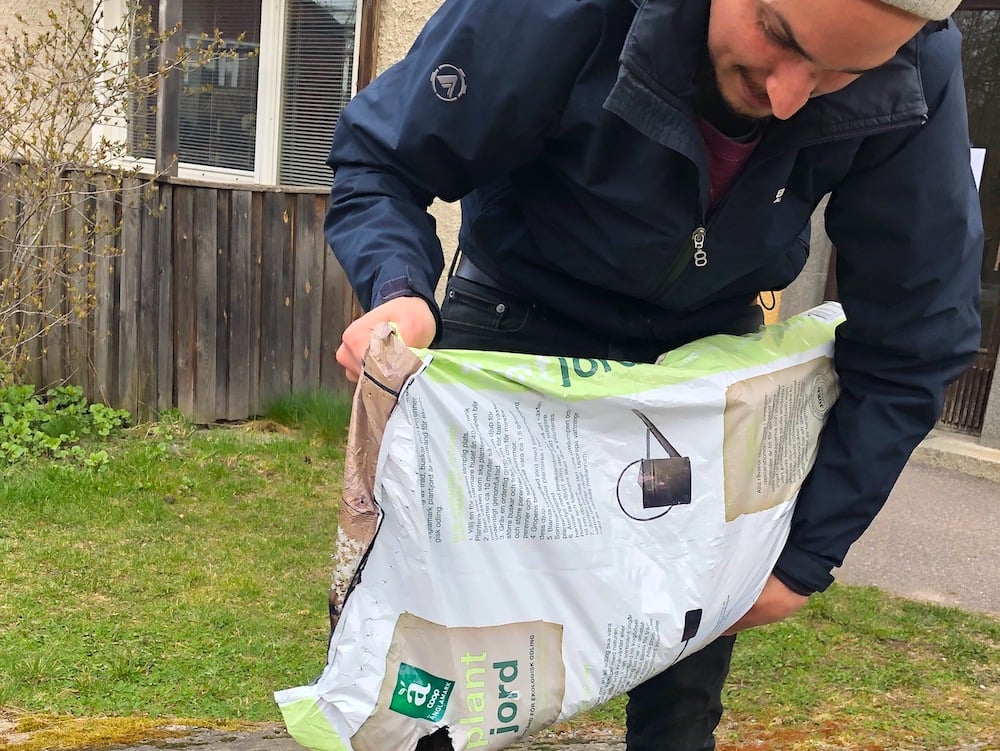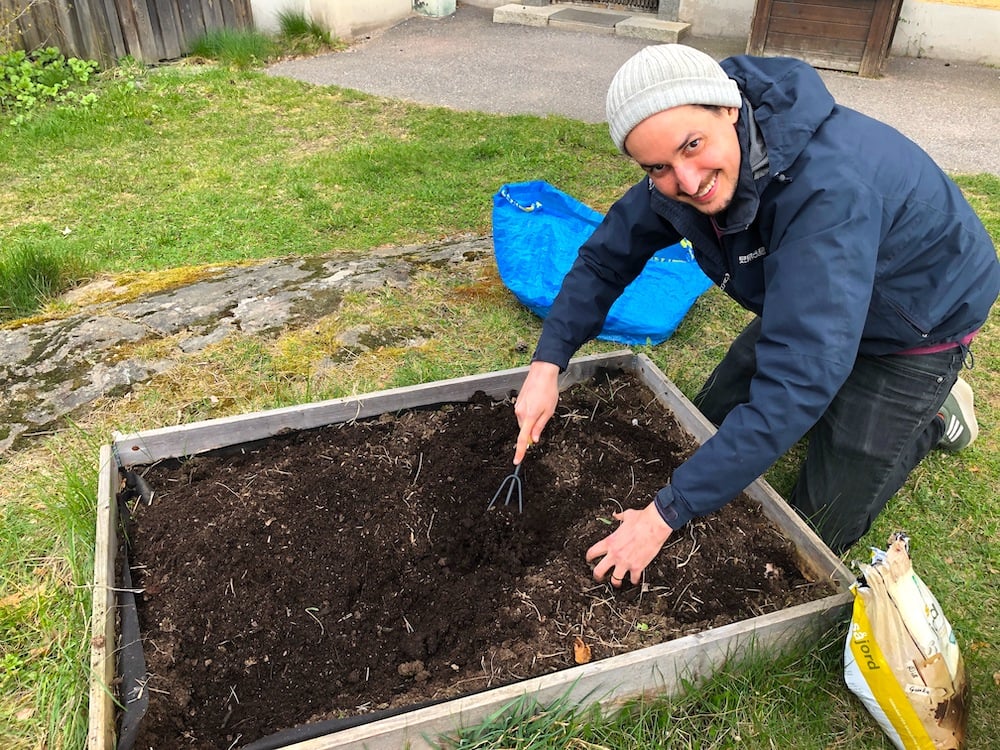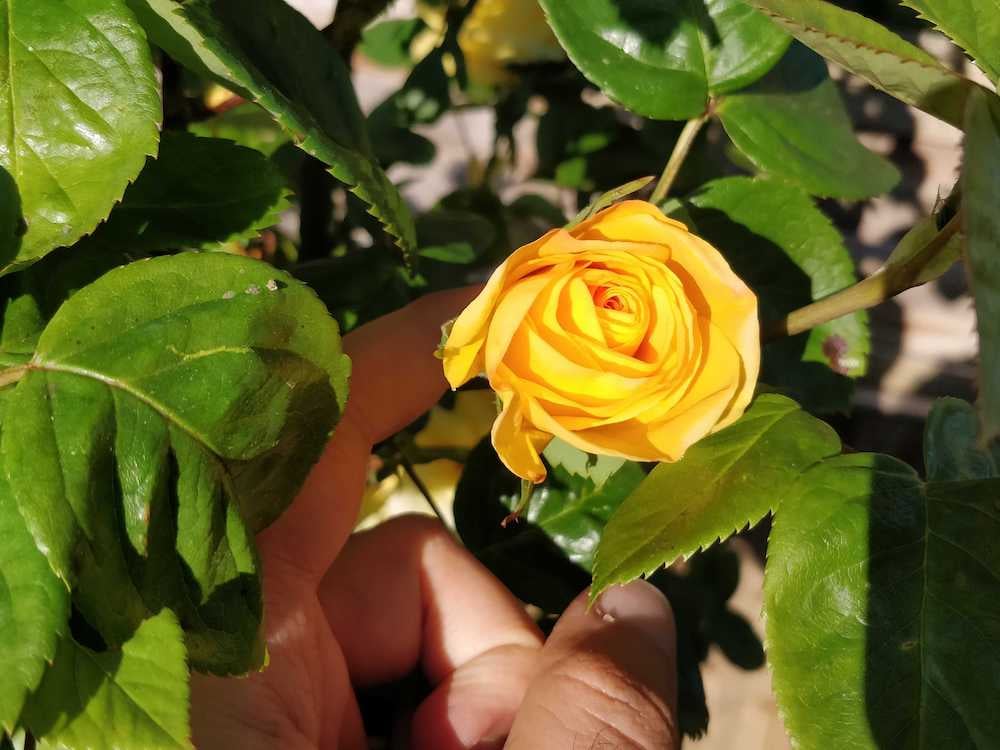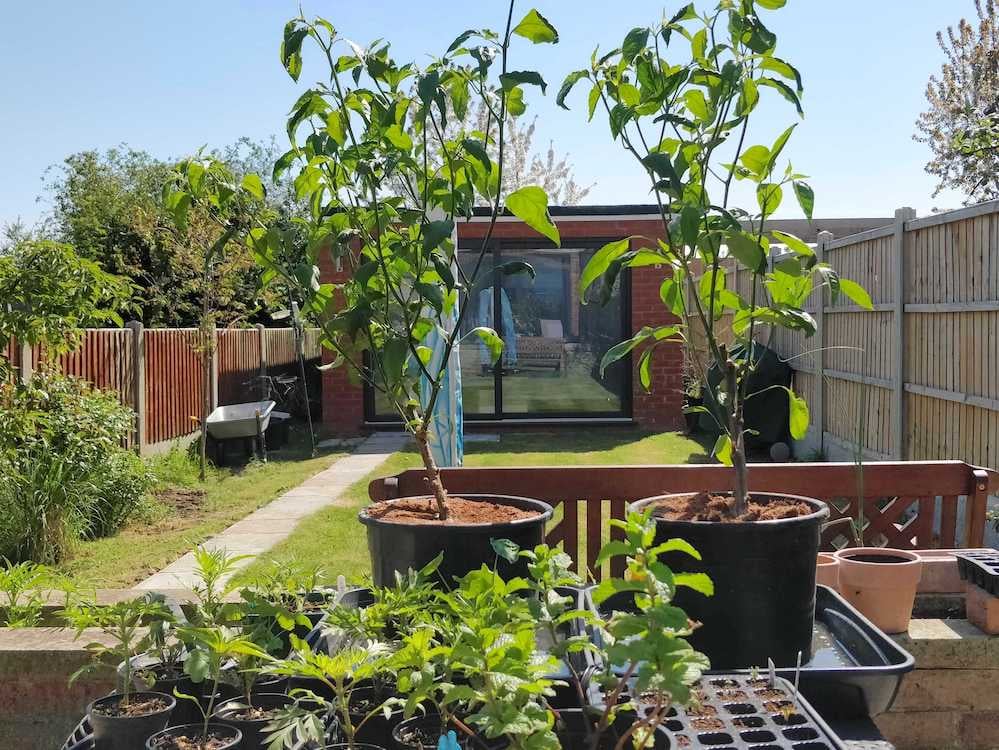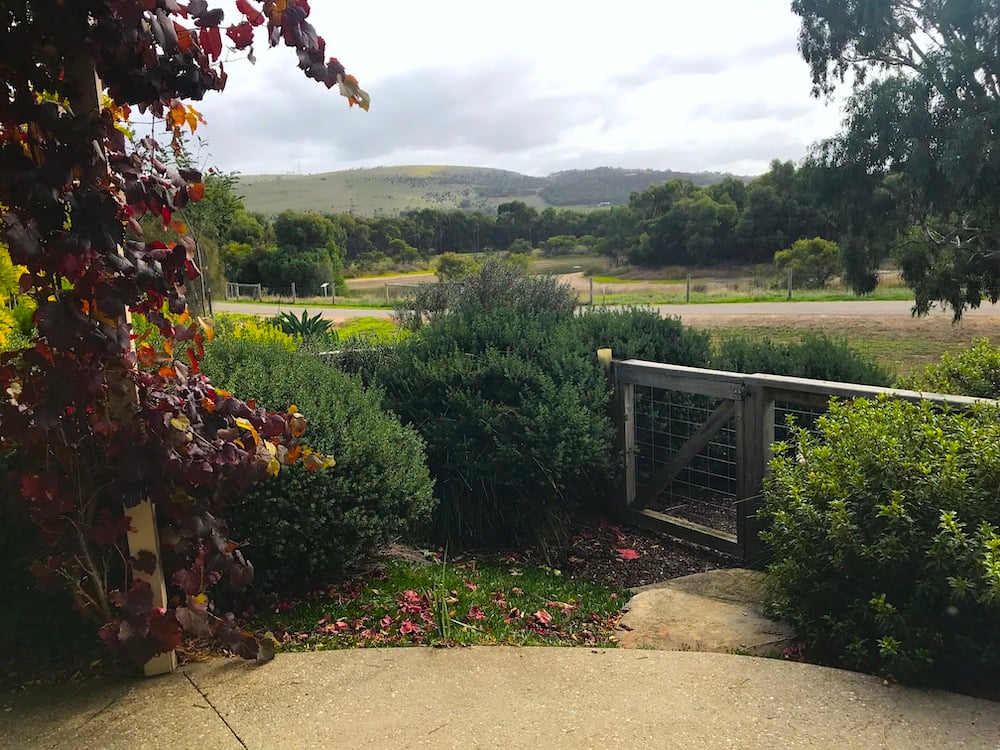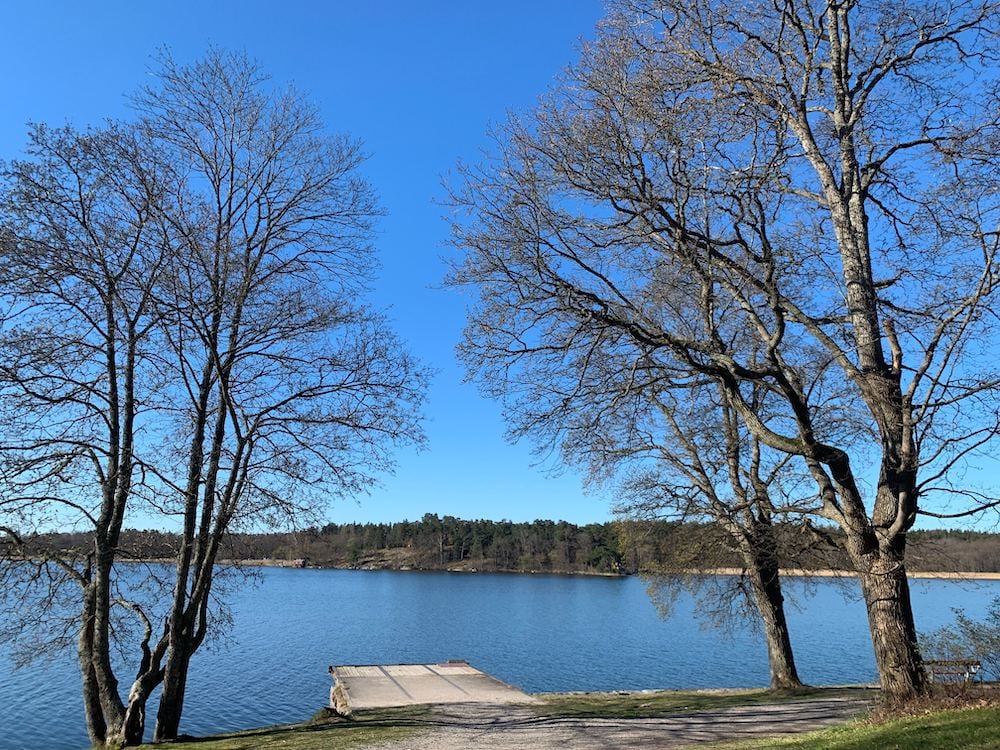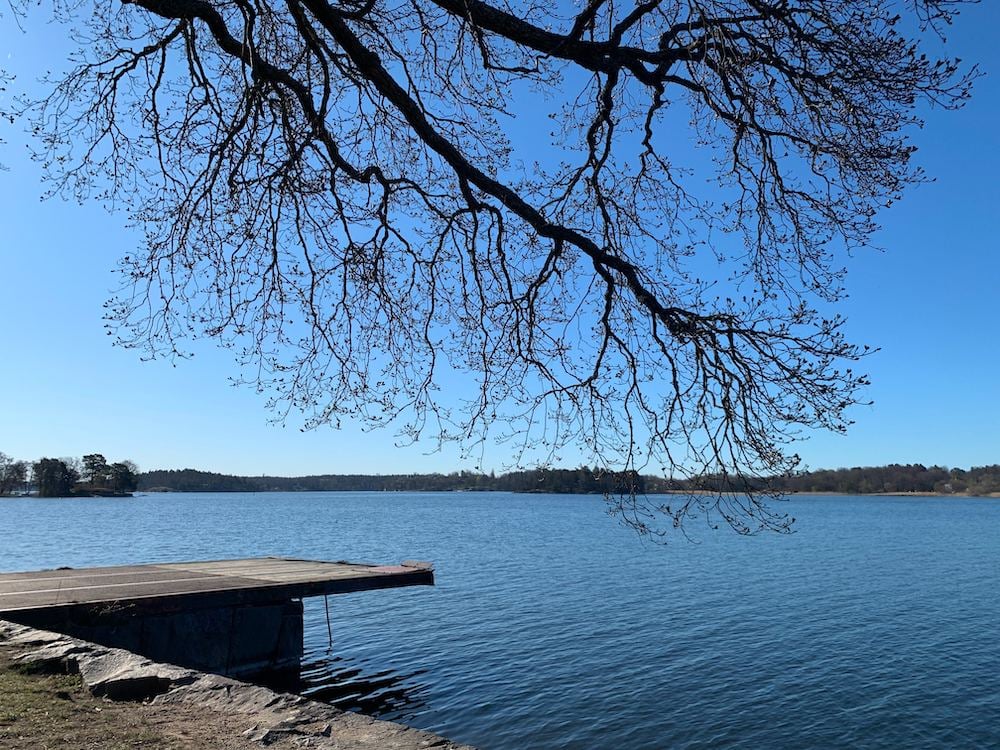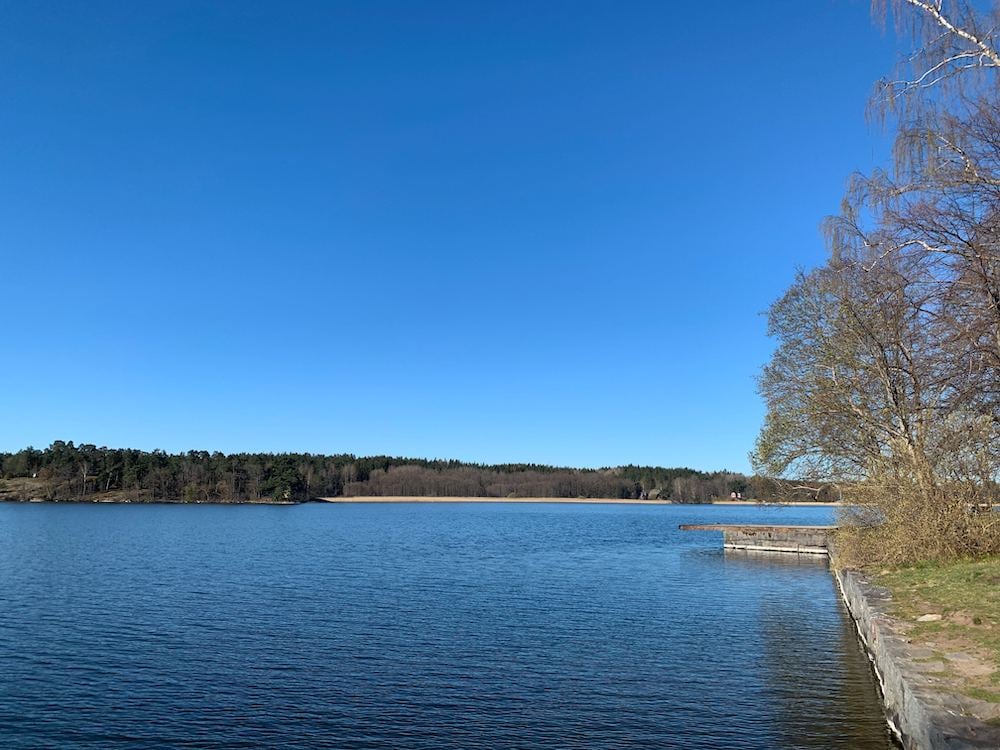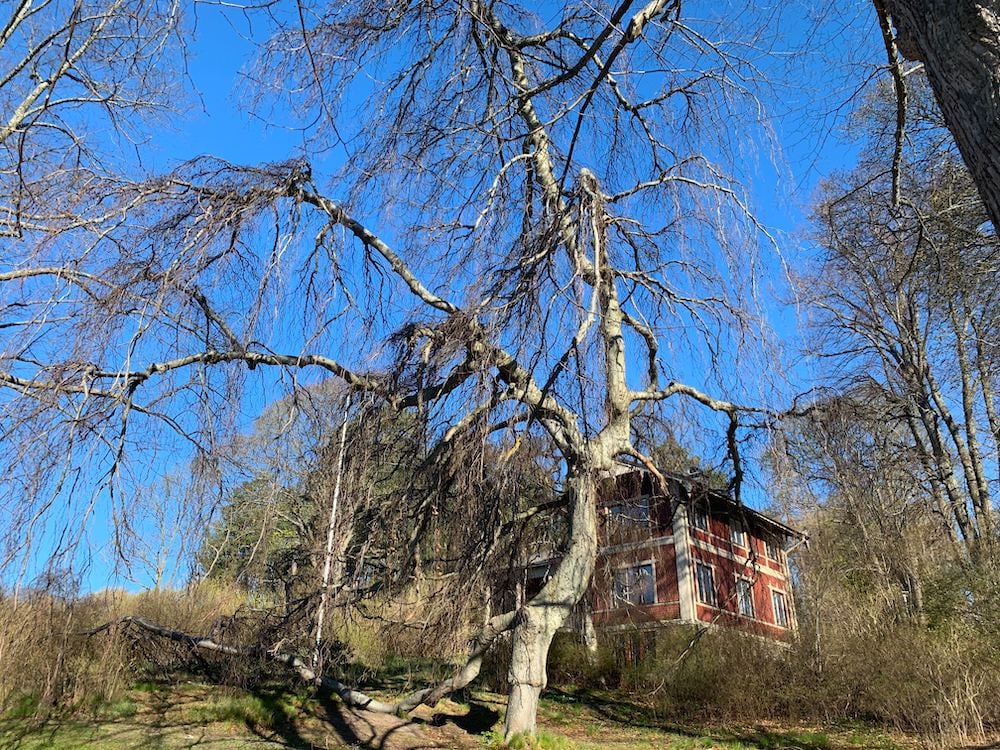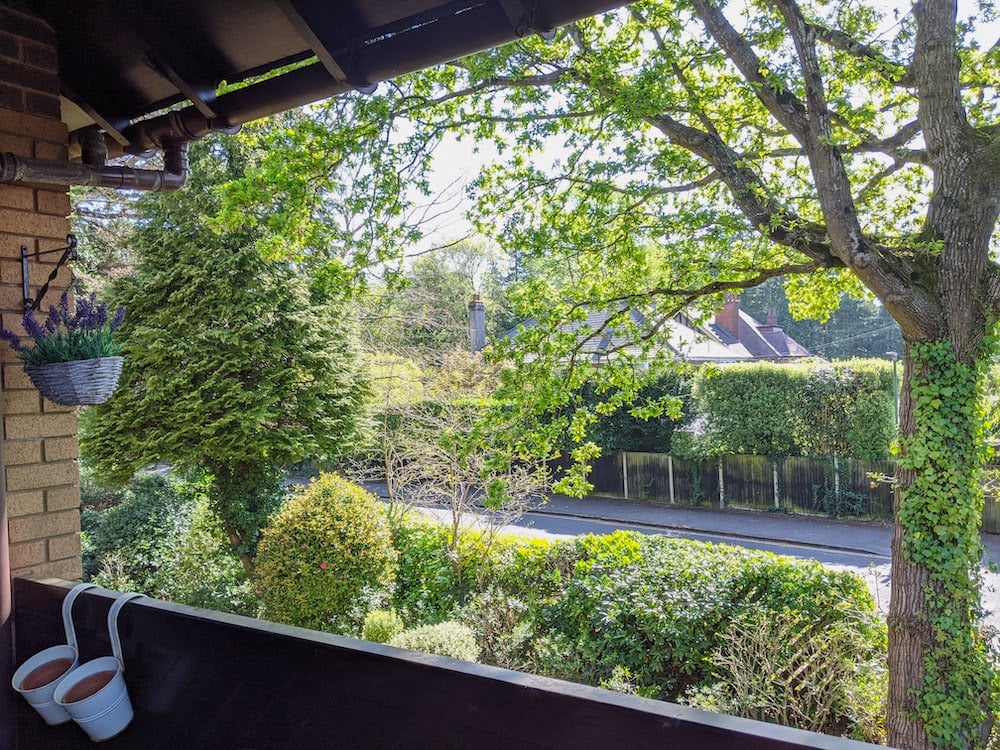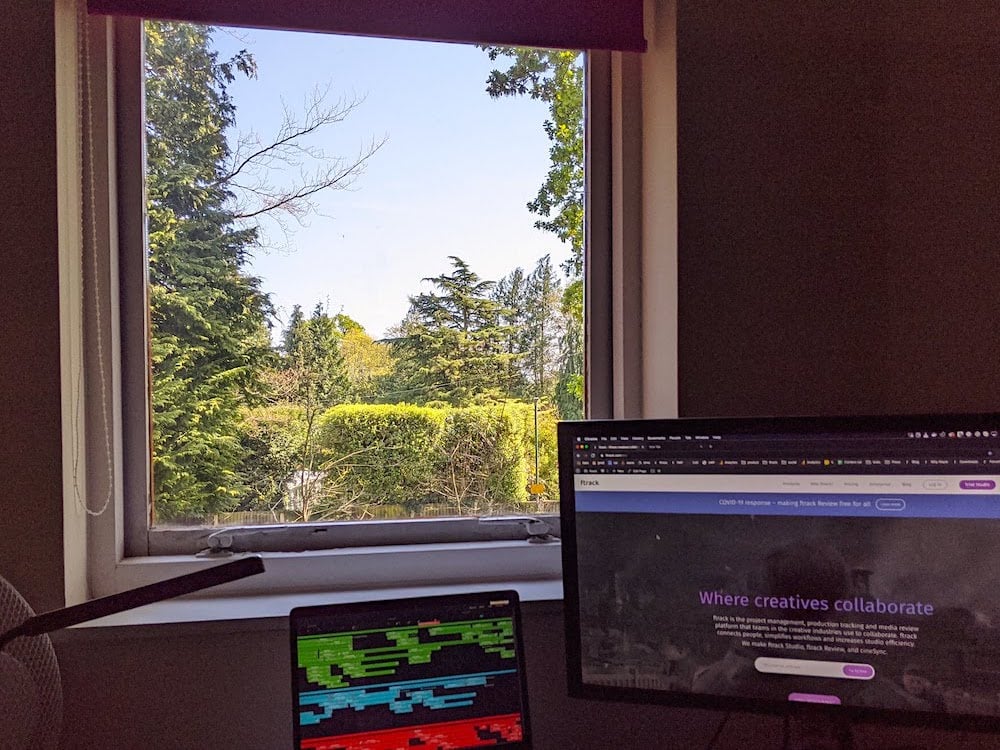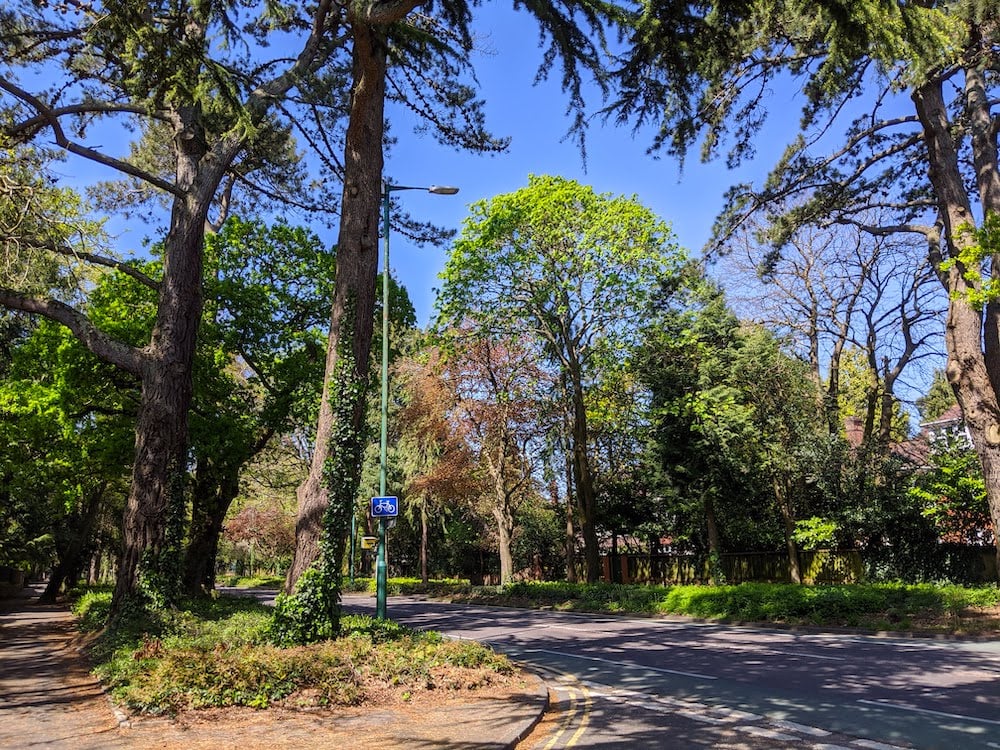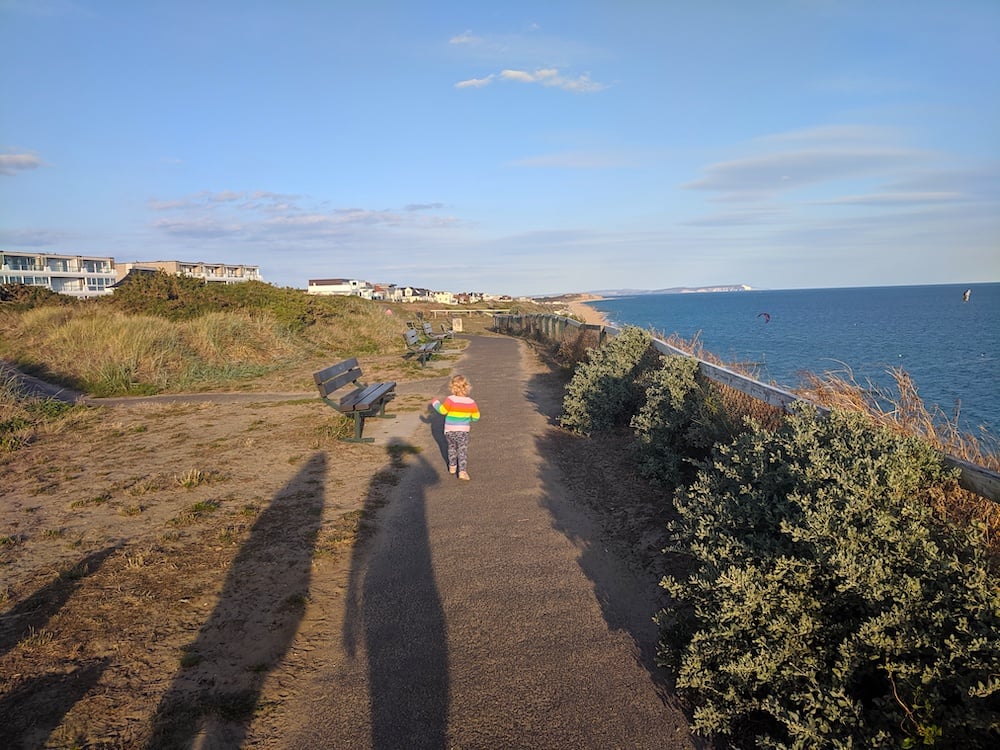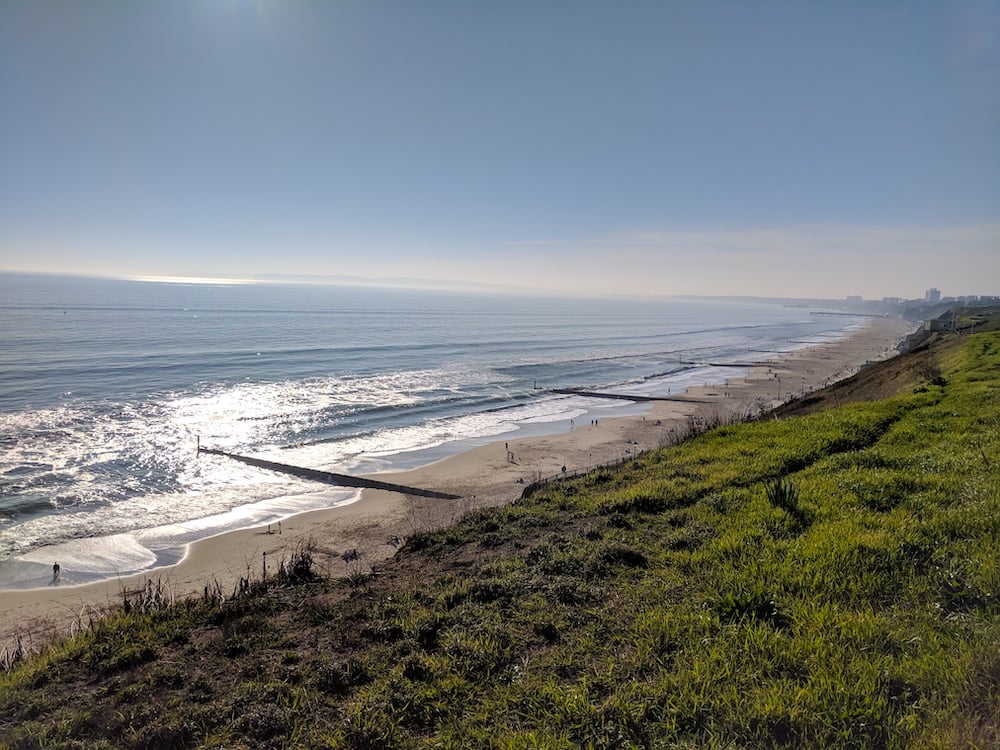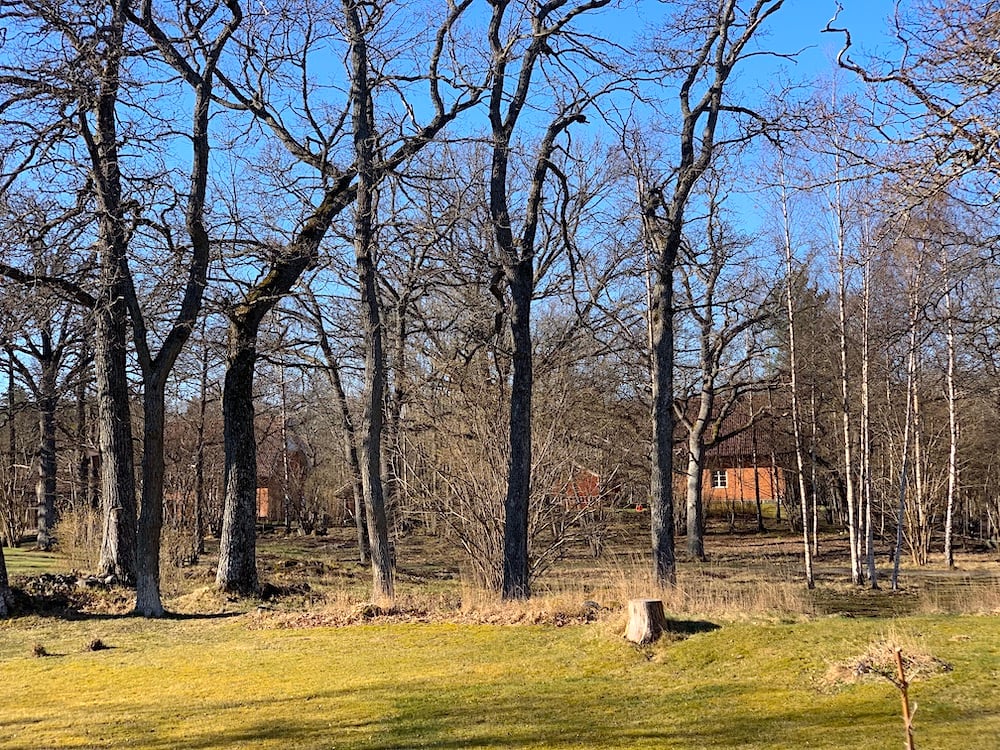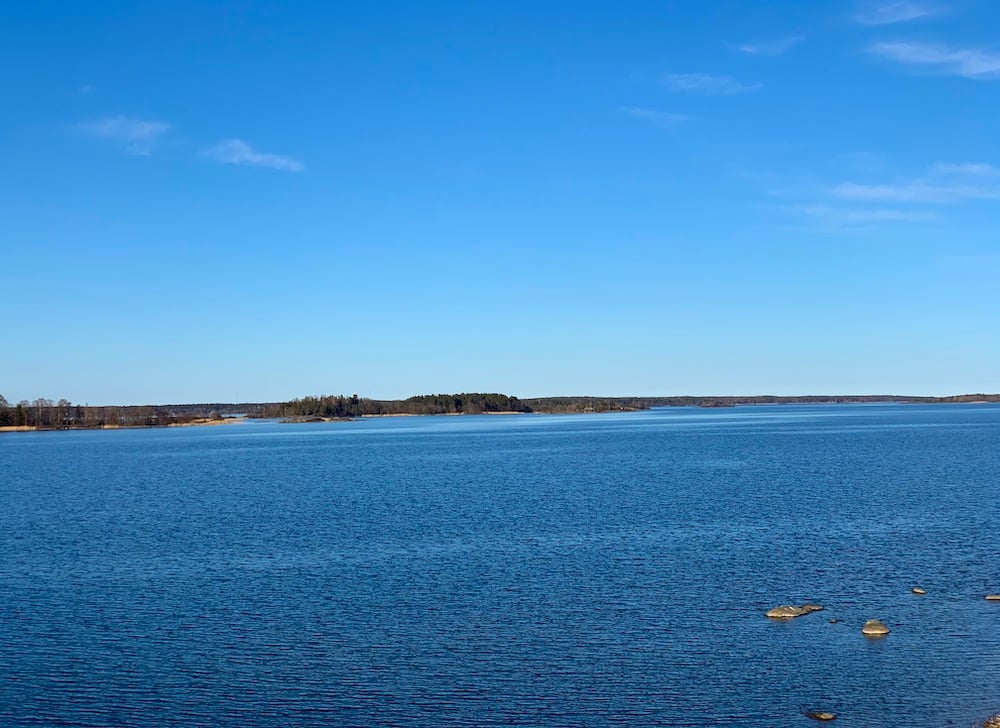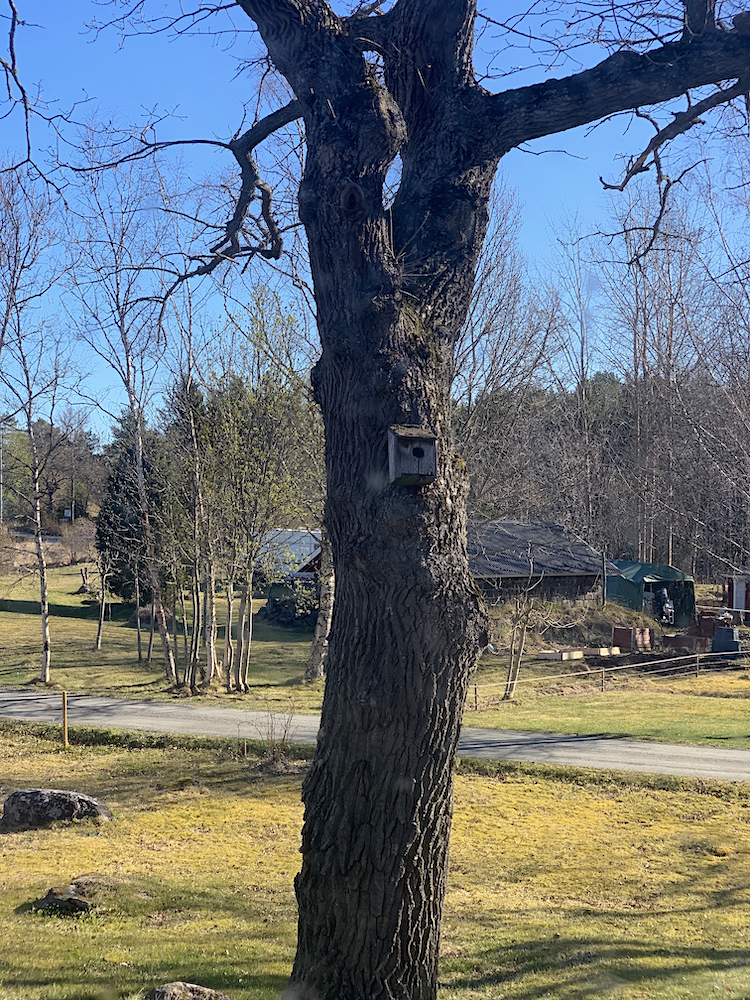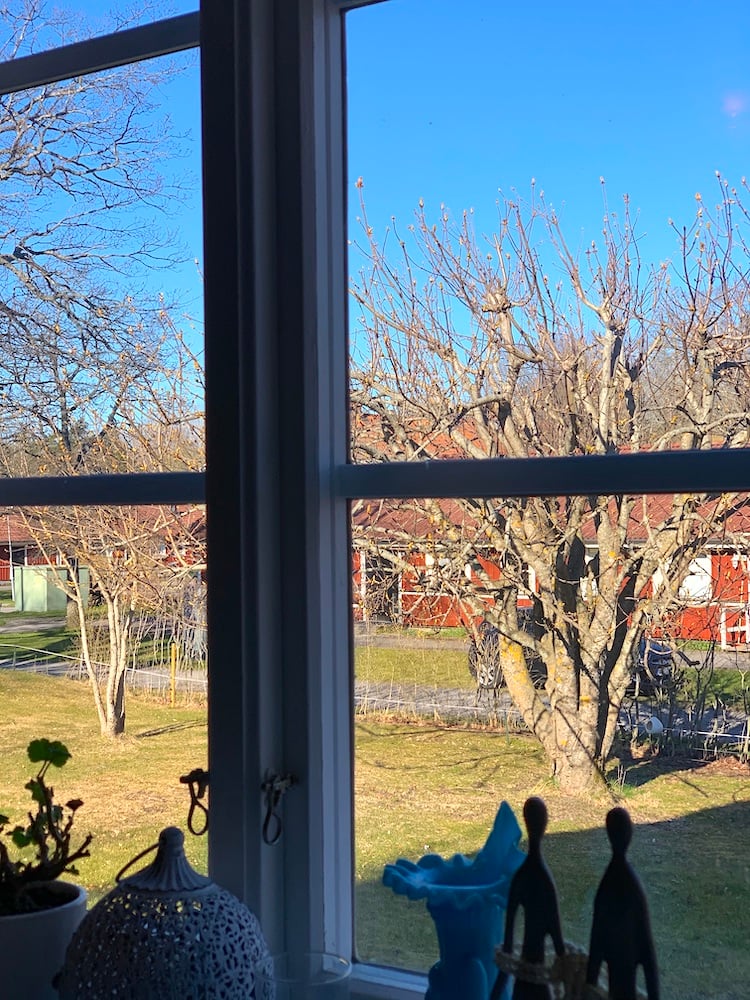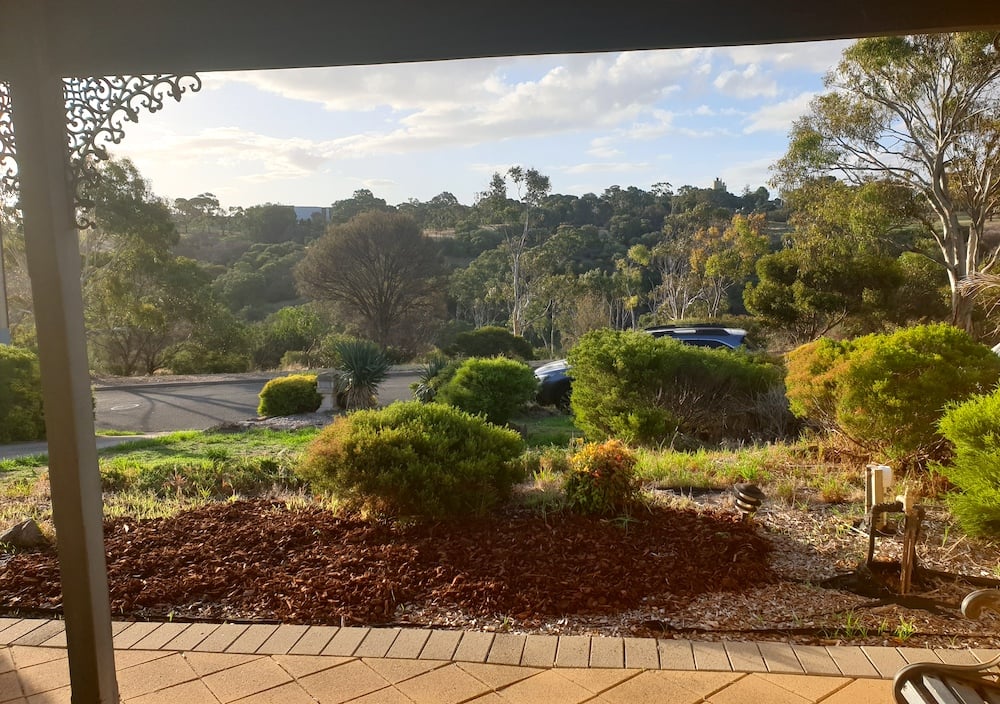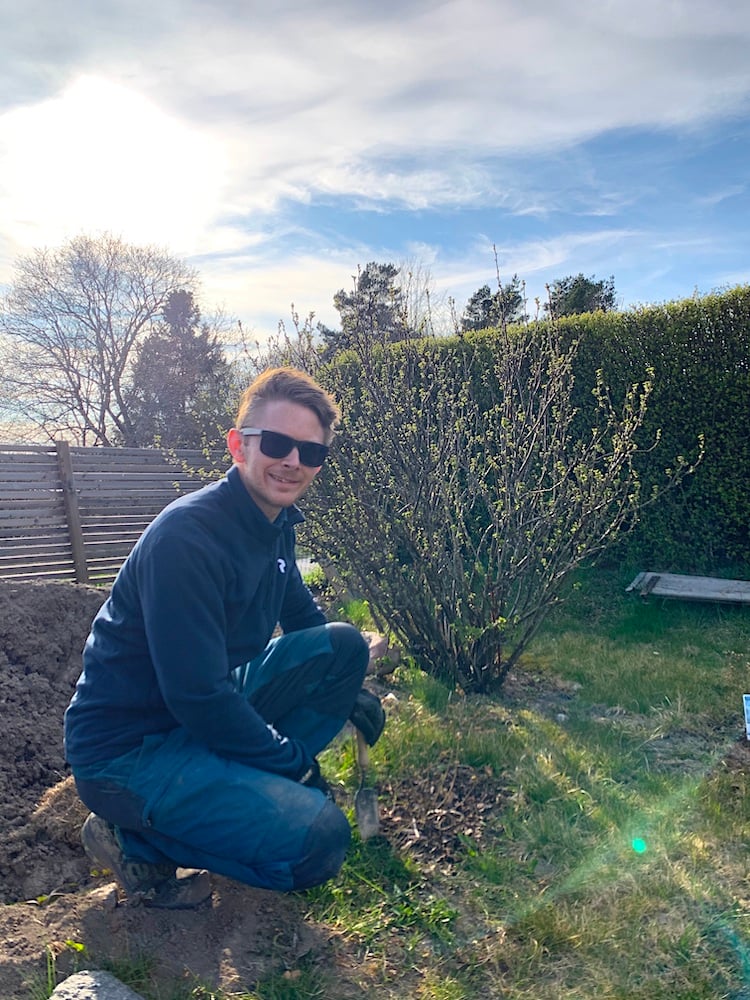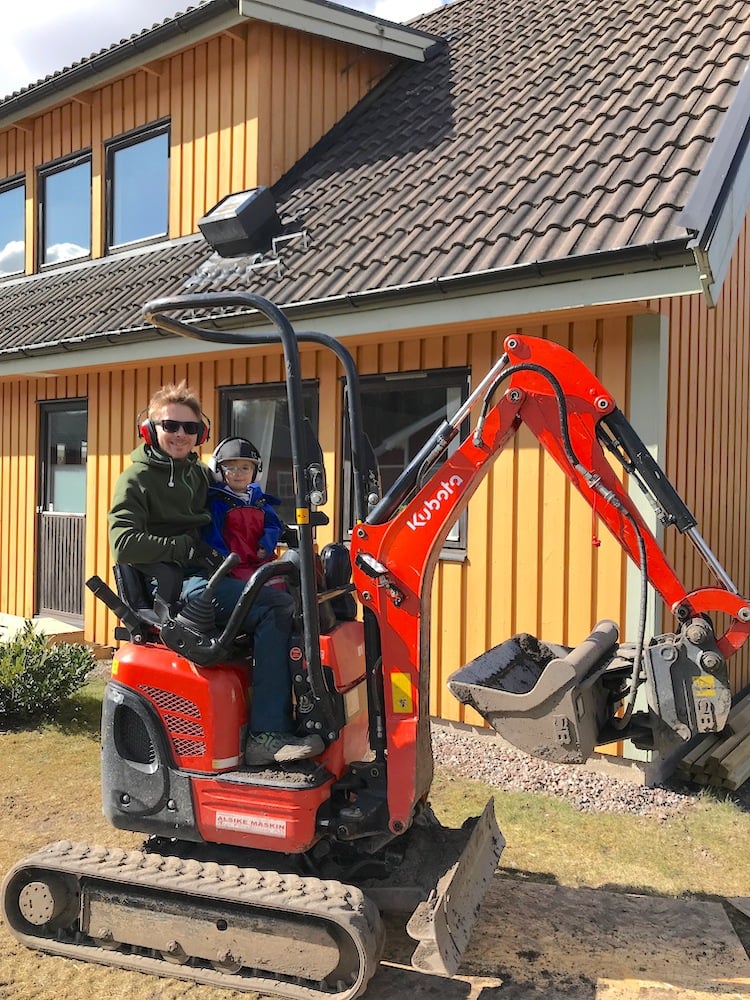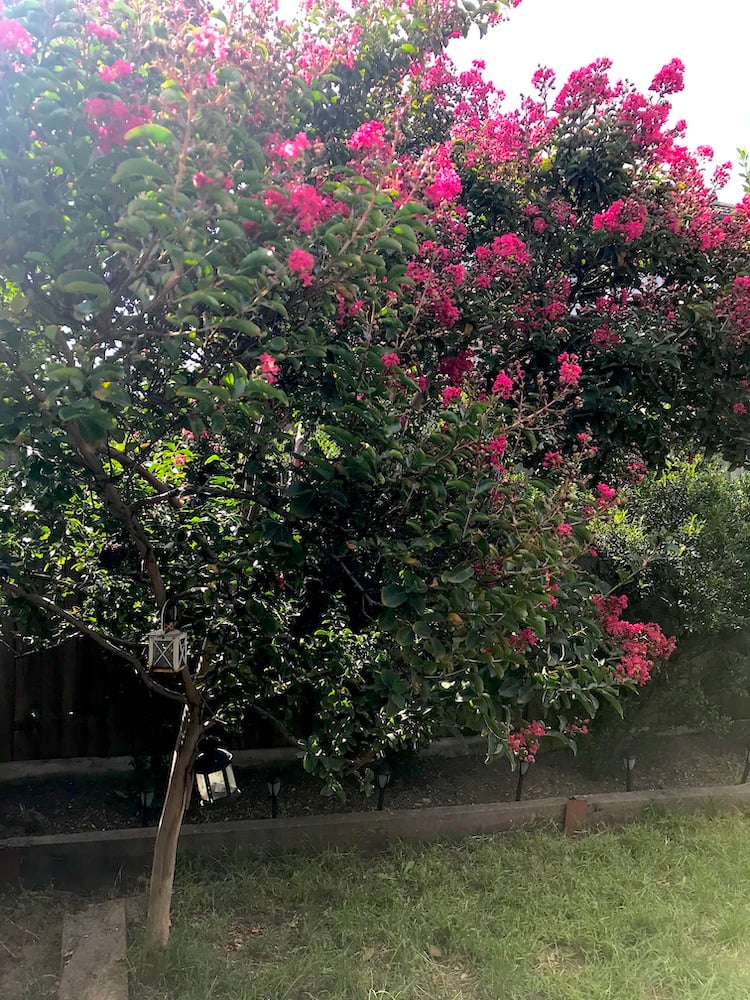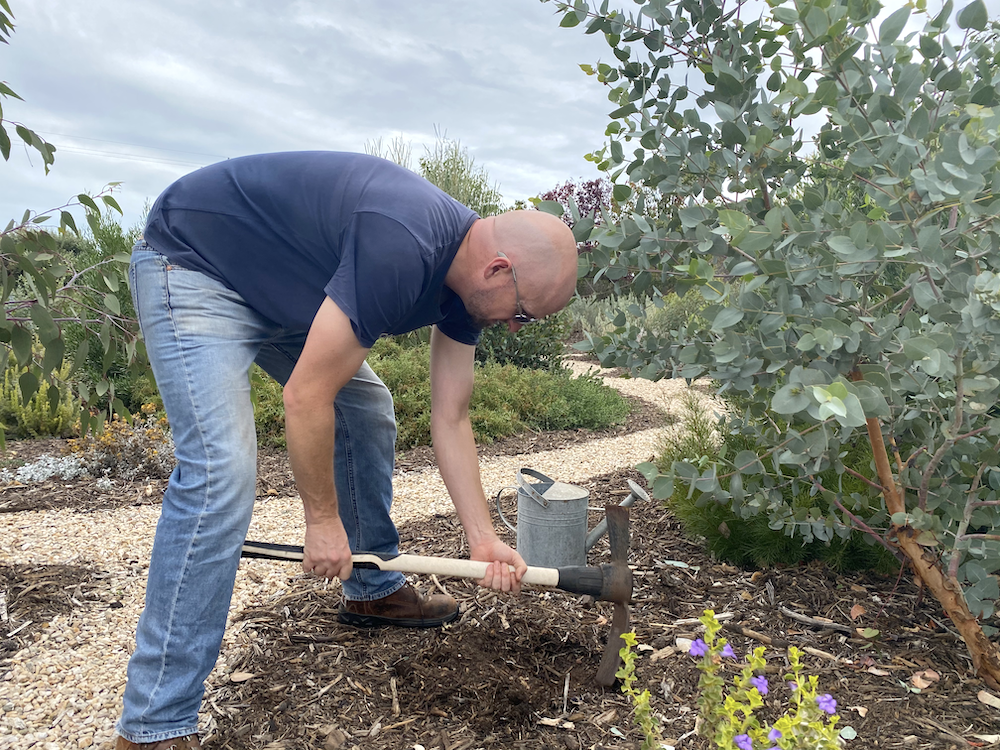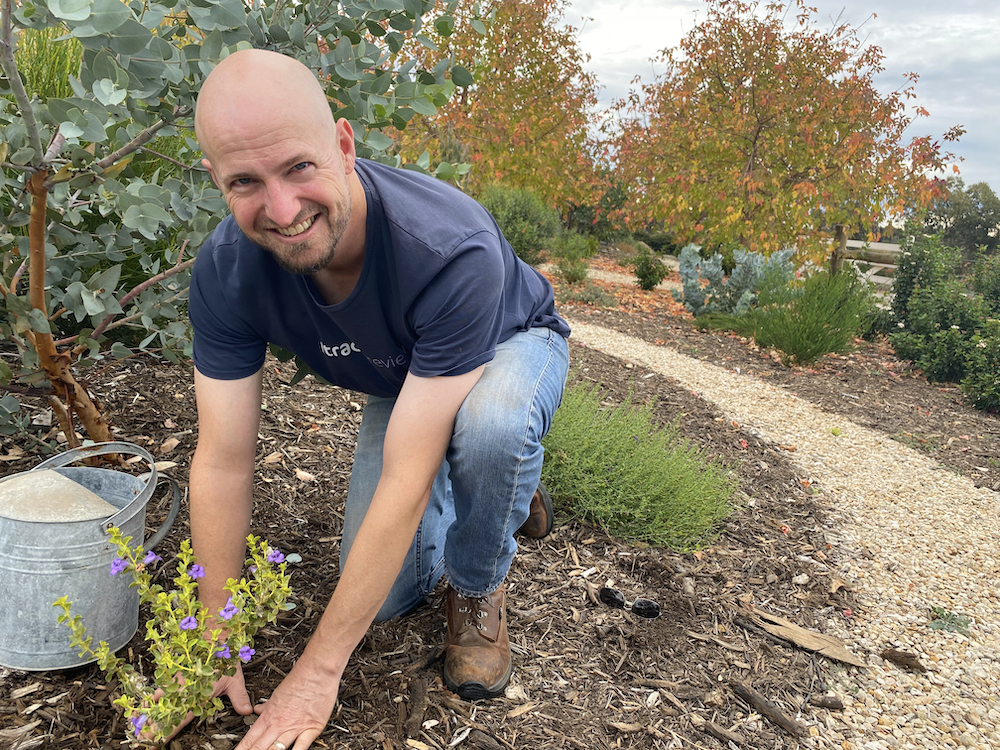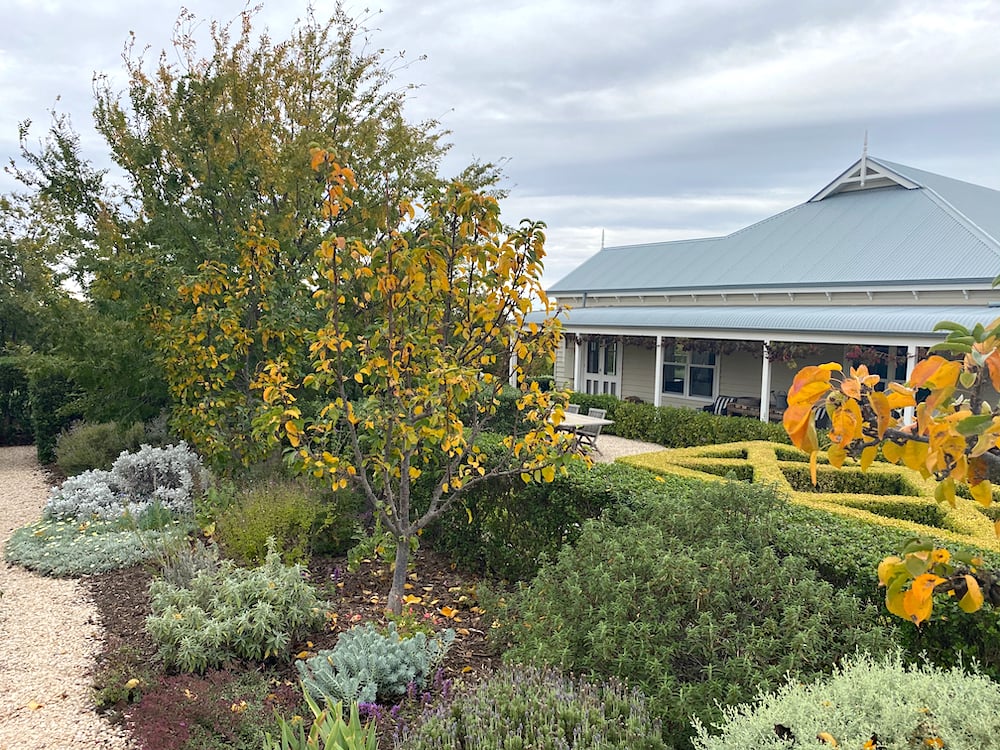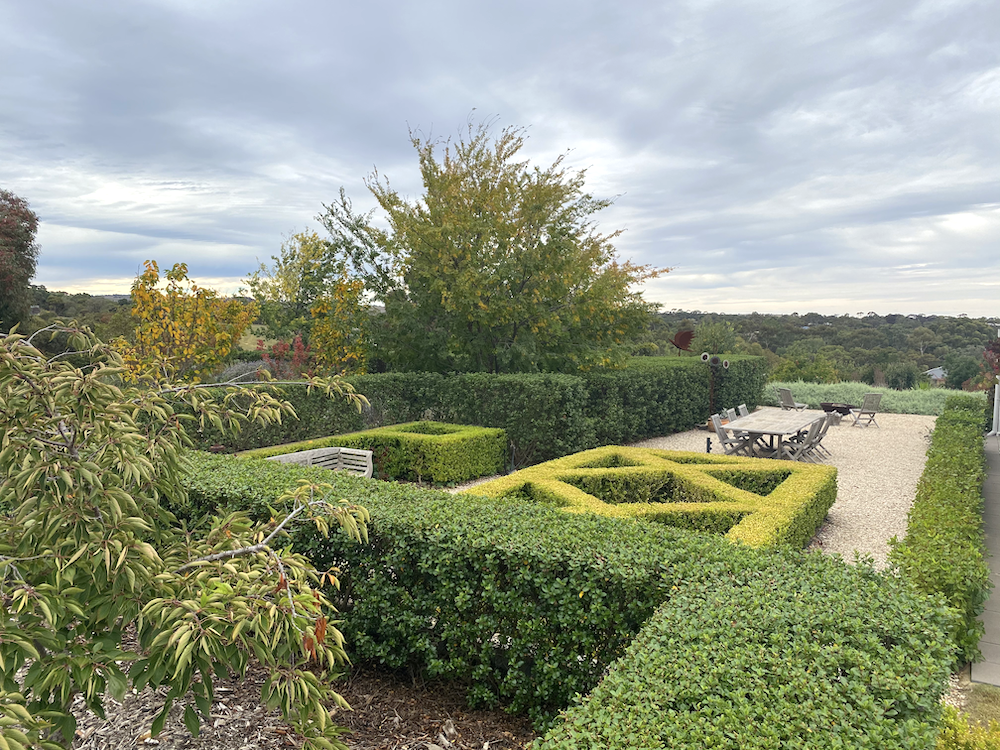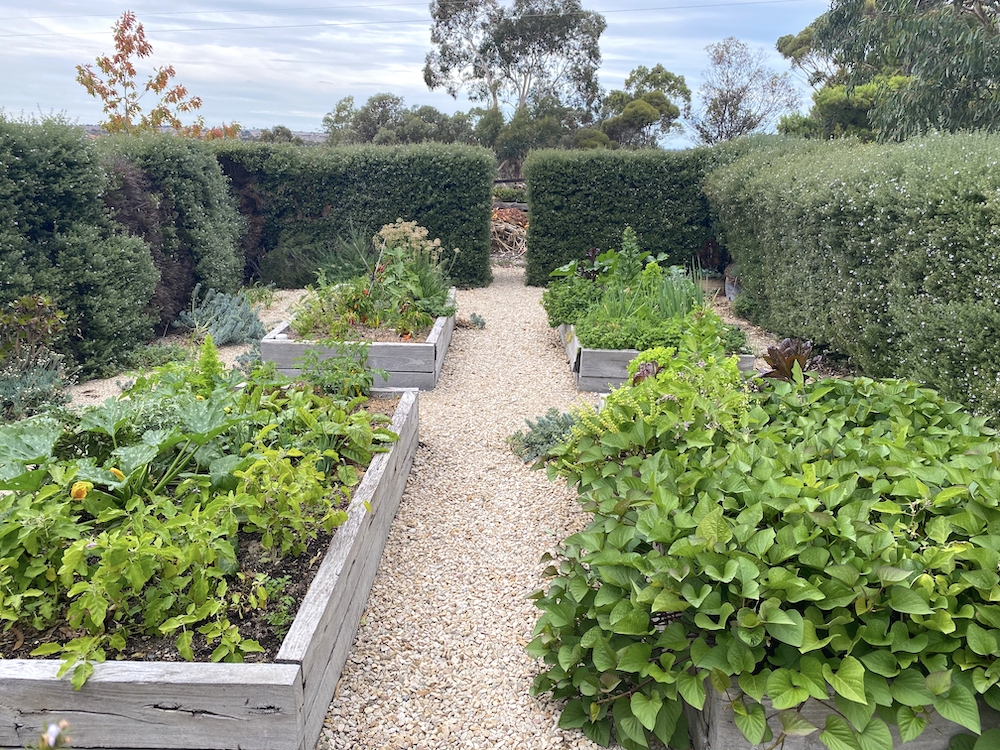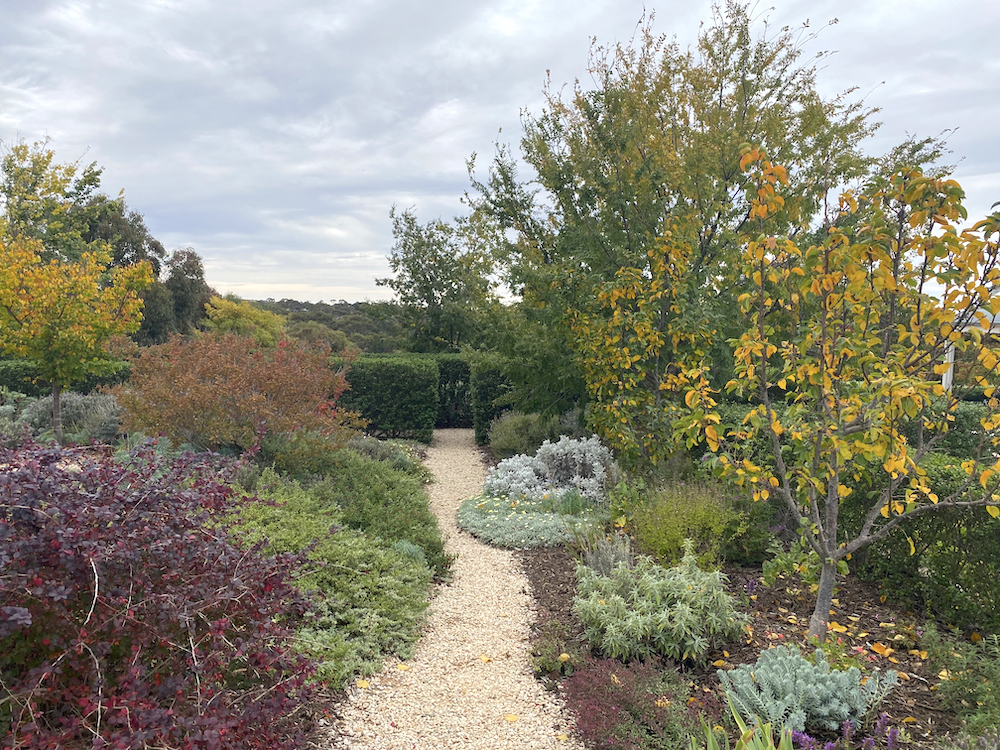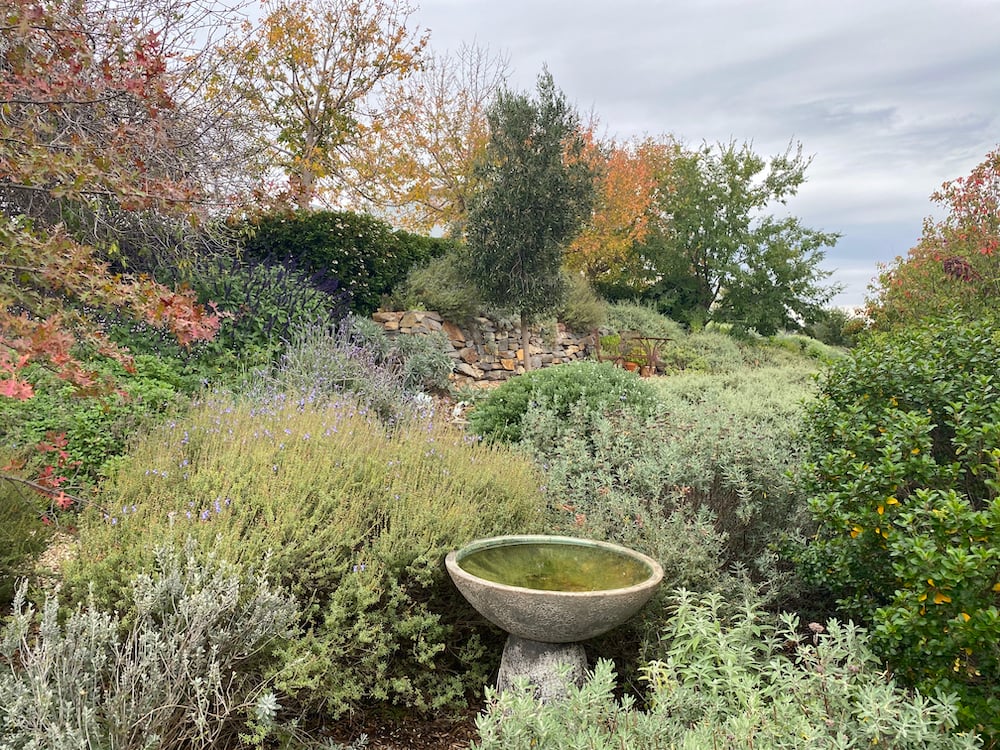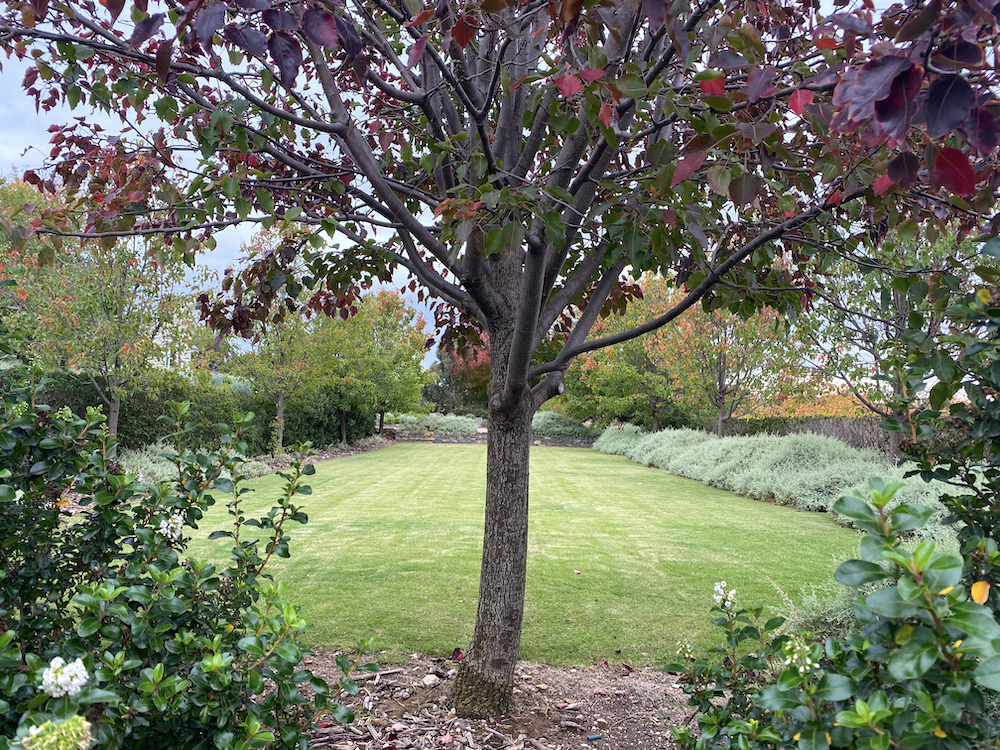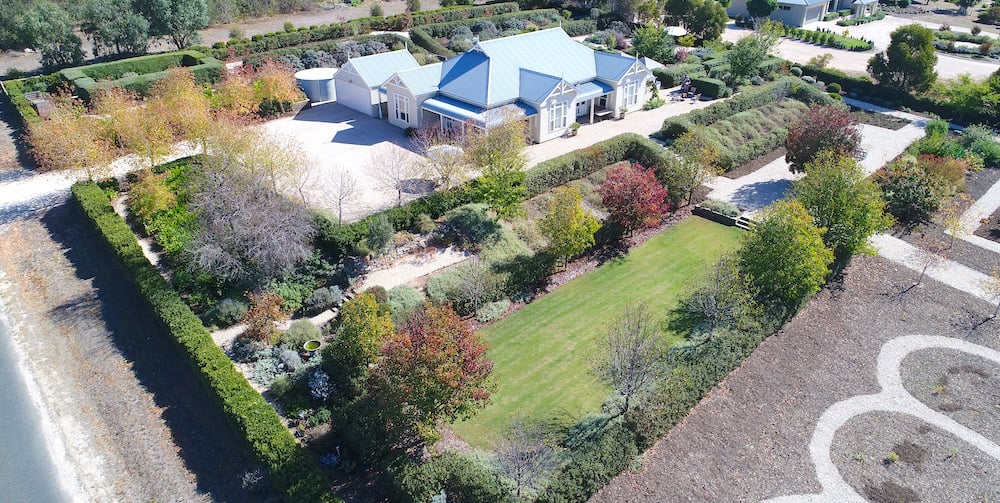We wanted to celebrate Earth Day during the lockdowns that have kept many of the ftrack team confined to their homes. With this in mind, we asked our colleagues all over the world to share images of their gardens and the nature that surrounds them. Take a look below!
We’ll let Rory discuss this amazing Australian garden and its background:
“We started our garden ten years ago. Before that, it was an empty paddock with one old almond tree. We now have 6000m2 of garden (1.5 acres), over 50 species of birds (many of which now nest and breed here), and enough fruit and veg that we often don’t need to go to the shops. We use no pesticides and only use organic fertilizers, mostly chicken and cow manure, plus organic mulch on all the garden beds.
“We maintain the garden entirely by ourselves. It’s designed to be relatively low maintenance, but it’s enough work to keep us fit!
“For example, we’ve planted trees and shrubs that are highly suited to our local conditions; hot and dry for 6-8 months of the year, mild winters, around 300mm (12 inches) rainfall, almost all in winter. (The typical “Mediterranean climate”, even though we’re in South Australia.) Much of the garden survives purely on rainfall, while we do give the hedges supplementary irrigation.
“The plants are all from the Mediterranean climate regions of the world, i.e., The Mediterranean, Middle East, California/Mexico, South Africa, Southern Australia, and parts of China. Our new native/indigenous section is all plants that grow in similar conditions in South Australian and Western Australia. That part of the garden is only two years old, and yet some trees are already over 4m tall, without extra water or fertilizer. It shows how growing plants suited to the local area can be immediately successful.
(The photo of me planting is in the native section. I’m planting an Eremophila Strongylophylla. Eremophila means “desert-loving”.)
“Our orchard is entirely watered with recycled water. We use 100% rainwater in the house (from 71,000 liters of storage), and then all the water from the house goes through an organic recycling system and then to the orchard via subsurface irrigation.
“We have 17 fruit trees (apricots, peaches, plums, nectarines, peacharines, pears, apples, cherries, and figs) that fruit throughout summer without requiring additional water or fertilizer. They get what we use in the house, rather than sending it down the drain.
“Our vegetable garden is made up of four wicking beds, which maximize available water and minimize water loss, which means they also require less fertilizer, as it doesn’t get leached away.”
Interested in learning more about Earth Day and how you can do your bit for the environment? Be sure to check out the Earth Day website to learn more ?
More from the blog

Enhanced performance in ftrack Studio: Fine-tuning for speed, reliability, and security
Chris McMahon | API, Developer, New features, Product, Productivity, Studio | No Comments
Backlight and the Visual Effects Society forge a partnership for the VES Awards judging process
Kelly Messori | Case Study | No Comments
Presenting the new sidebar: Enhancing project navigation in ftrack Studio
Chris McMahon | New features, Product, Release, Studio | No Comments
Achieving Better Feedback Cycles and Faster Nuke Workflows at D-Facto Motion Studio
Kelly Messori | Case Study, Studio | No Comments
Making the switch: The transition to cineSync 5
Mahey | Announcements, cineSync, News, Product | No Comments
Supporting Your Studio: Free ftrack Studio Training and Office Hours from Backlight
Kelly Messori | News | No Comments
What’s new in cineSync – a deeper iconik integration, laser tool, OTIOZ support, and more
Chris McMahon | cineSync, New features, Product, Release | No Comments
